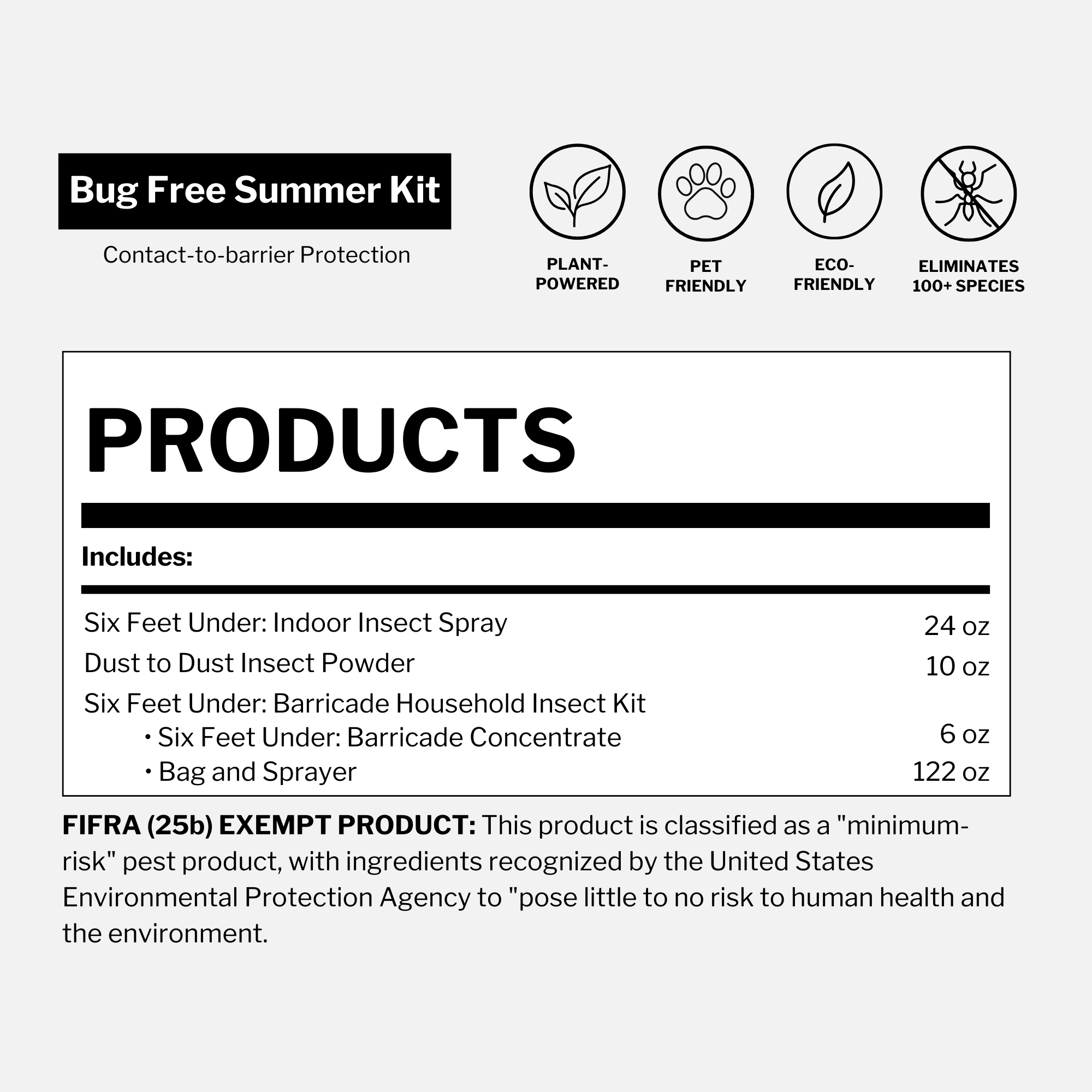Updated on September 2nd, 2025
Think ants are nonstop workers? Think again.
Do ants sleep—and if so, how do they take naps without disrupting the colony’s activity? From short power naps to round-the-clock alertness, ant sleep is a world of surprises.
We’ll peek inside the hidden routines of these tiny industrious insects, revealing how ants sleep and why their snoozing habits are more clever than you might expect. Ready to see the secret life of ants? Let’s dive in.
What does it mean when we ask, “Do ants sleep?”
Do ants sleep? Yes—but not in long stretches like humans. Instead, ants take hundreds of tiny naps throughout the day, each lasting just a minute or two. These polyphasic rests allow their brains and muscles to recharge without leaving the colony vulnerable.

So, what actually counts as “sleep” for ants? Researchers, including a University of South Florida study (Cassill et al., 2009), define ant sleep as short pauses in activity where the ants’ responsiveness drops and their bodies briefly reset. While it may not resemble traditional sleep, these moments are crucial for keeping ants alert, coordinated and productive.
In fact, sleep in insects—even tiny naps—is crucial for proper brain function, helping maintain neural homeostasis and supporting learning and memory (Helfrich-Förster, 2018). During their one-to-two-minute snooze, ants temporarily disconnect from external stimuli, allowing their brains to reset while still sustaining the colony’s efficiency.
How do ants sleep inside a colony?
Ant sleep isn’t just about quick naps—it’s structured according to colony roles. In fire ants, researchers from the University of South Florida (Cassill et al., 2009) filmed colonies around the clock and discovered a stark divide between the royal elite and their tireless workers (Walker, 2009).

Worker ants squeeze in roughly 250 micro-naps per day. That adds up to about 4 hours and 48 minutes of rest in 24 hours—barely enough to recharge, but enough to keep the nest running. Crucially, workers nap at staggered times, so about 80% of the workforce stays awake at any given moment. This ensures foraging, defense and brood care never skip a beat.
Queens, by contrast, sleep like royalty. Each queen snoozes around 90 times per day, for about 6 minutes per nap, totaling over 9 hours of daily sleep. Their rest is deeper, sometimes even resembling REM-like “dreaming,” with antennae twitching during the most restful phases.
“This division of rest helps explain why queens can live for years, while worker ants survive only months.”
As entomologist Deby Cassill of the University of South Florida noted in her 2009 study on fire ants, this divide in sleep patterns highlights why queens outlive their worker counterparts.
Ant sleep, then, is less about individual comfort and more about survival strategy. Workers sacrifice individual rest to buffer and protect the colony, while queens conserve energy for reproduction. Together, their contrasting rhythms create a 24/7 society where the lights never go out.
Do ants sleep at night or during the day?
Understanding the ant sleep cycle
Unlike humans, ants don’t follow a traditional day-night sleep cycle. Worker ants take irregular naps scattered throughout the day and night, a behavior that allows them to remain alert while supporting the needs of the colony.

This pattern is especially important for species like fire ants, whose colonies often live underground, where sunlight doesn’t reach. Their sleep rhythm is dictated by colony demands rather than external light cues, ensuring the nest functions efficiently 24/7.
What can we learn from ant sleep patterns?
Ant colonies remind us that rest isn’t about luxury—it’s about survival. Their overlapping nap cycles ensure that the workforce is active around the clock, demonstrating how shared responsibility and staggered downtime foster resilience. Unlike humans, ants never shut down as a group, which ensures the colony thrives even under constant pressure.
These lessons extend beyond entomology. They highlight the power of teamwork, vigilance and balance—principles that resonate with both nature and daily life. By studying how ants sleep, we gain a window into how ecosystems have evolved strategies for efficiency and endurance.
Protect your home from ants while respecting nature
Ants’ fascinating sleep patterns show us how organized and resilient their colonies are—but when they invade your home, their industriousness can become a nuisance. Understanding their behavior helps us respond effectively without disrupting the natural world.
At Dr. Killigan’s, we design solutions that control ant infestations safely, efficiently and thoughtfully. Products like Six Feet Under, Dust to Dust and the Insect Buster are formulated to target ants at entry points, ensuring effective control while respecting nature.
Our plant-powered formulas give you peace of mind—protecting your home while leaving the colony outside to thrive.
Don’t let ants take over your kitchen or pantry: explore our ant solutions.





















